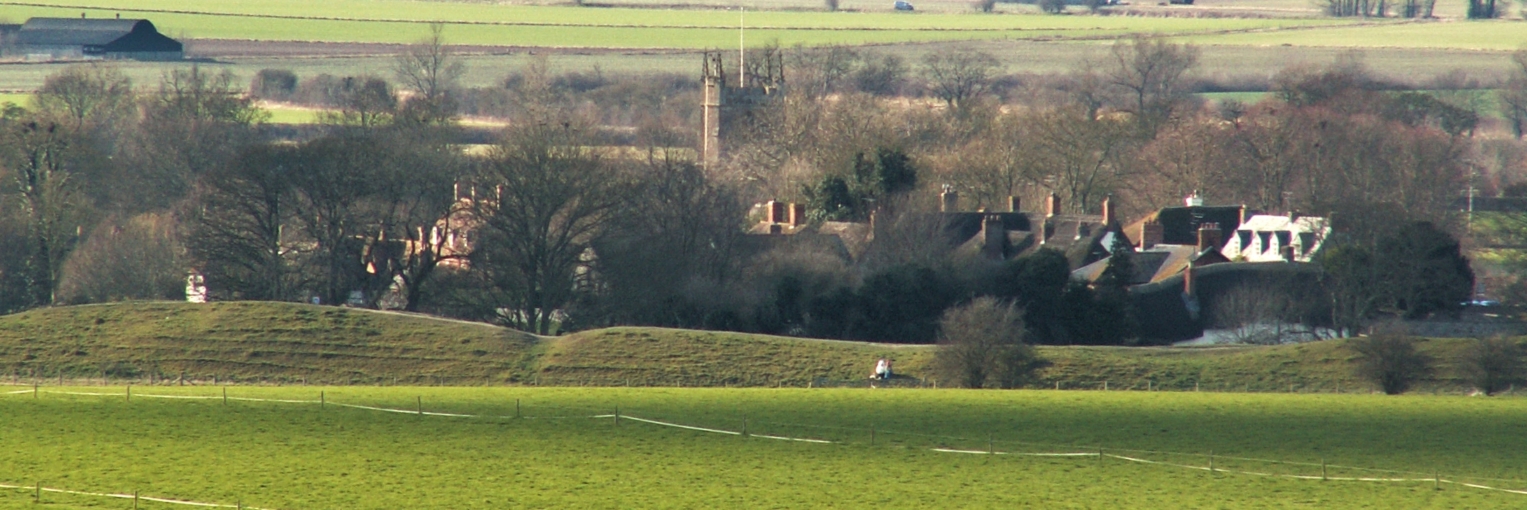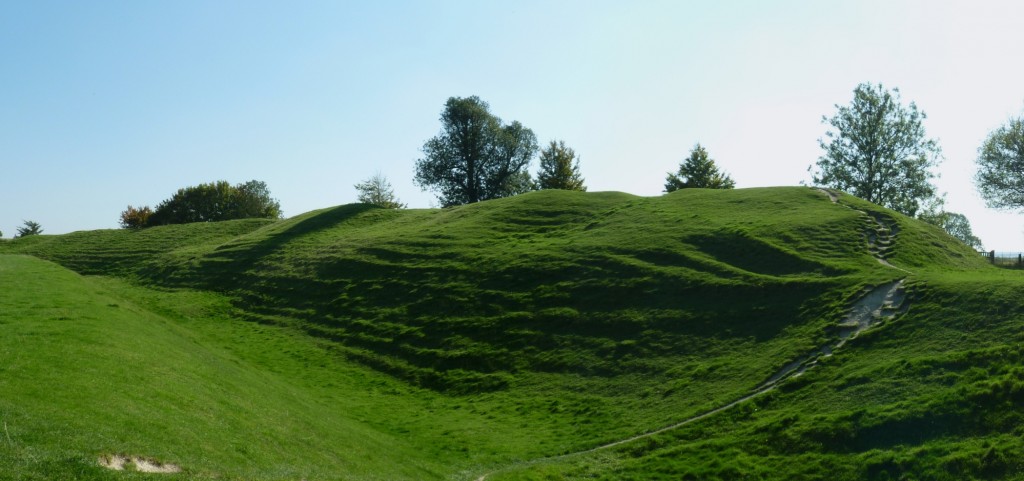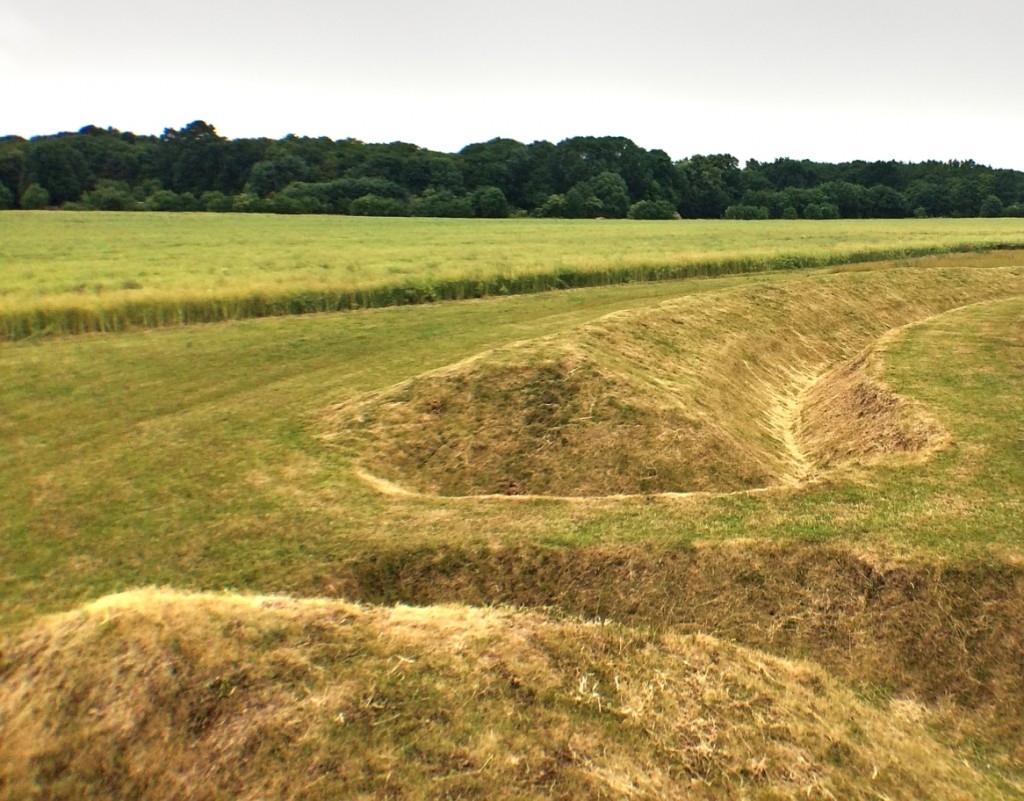Neolithic banks

Banks might have been the most visible and recognisable elements of Neolithic ditched enclosures in the past, but they are now gone for the most part. The most notable examples of surviving Neolithic banks are those of quite a few British henges and a small number of causewayed enclosures. Almost everywhere else banks are today absent, either because they have eroded or have been plough-levelled by modern agricultural activity, because Prehistoric peoples destoyed them intentionally (e.g. as part of abandonment rituals) or because they did not exist at all at some sites. Known banks were built with the earth extracted when digging the ditch, and where laid out in parallel to the ditch, either in the outer or in the inner side of it. The construction of the bank on the outside as opposed to the inside of the ditched circuit has been traditionally used, among other parametres, to distinguish between different types of enclosures, and are considered characteristic of certain classes (e.g. British henges, characterised by an outer bank and an inner ditch).

Sometimes, even if there are no physical remains of a bank, its presence and the position it occupied can be inferred from indirect evidence, like the position of other elements (ditches, palisades), in relation to each other and the topography of the site.

An example: Neolithic banks at Knap Hill

Knap Hill is an Early Neolithic causewayed enclosure in Wiltshire (United Kingdom). Because its banks are so well preserved, it has always been visible at plain sight. That explains why there are written records of its existence as far back as the 17th century, and why it was one of the first Neolithic ditched enclosures in Europe to be excavated by archaeologists – the Cunningtons in 1908-9. It was showed then that the causeways or interruptions in the layout of the Neolithic banks ditches were not a by-product of erosion or other post-abandonment processes, but a feature.
Next: palisades